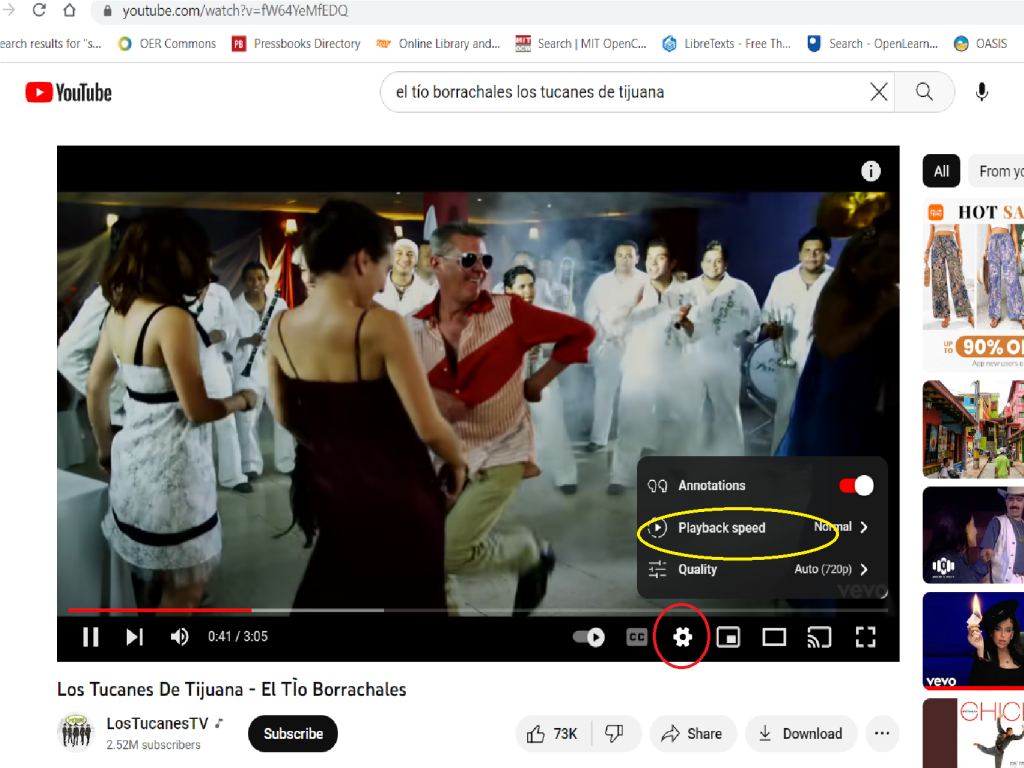Introduction
This course is designed to teach Spanish through Caribbean culture and music in a multigrade course. It is organized around the music curriculum: cumbia, bullerengue, mapalé, reggaetón, bachata, merengue, guajira and salsa. However, you can follow only the language sections if you want to use the book as a textbook of Spanish solely. You can also follow the music and culture sections if you are mainly interested in the content aspect of the course. Sample conversations are useful chunks of information to apply in a real-life context or in classroom highly structured activities. This works well for circle-in circle-out, Konga lines, or speed-date like conversations where multiple levels are involved.
To make it multigrade, this textbook uses what Jerome Bruner calls a “spiral curriculum”. The language topics are repeated across the curriculum with some outward expansion. For example, you may see the preterit from day one by practicing only verbs in AR then the same topic repeated later with all kinds of verbs. Or you may see affirmative informal commands early while later you’ll get all kinds of commands. It is also possible that a beginner can jump right to the end of the course and follow the language. This course uses translanguaging to reach all kinds of audiences: code-switching, loanwords and translation.
While it’s mainly addressed to beginners, it contains material for students in the “advanced” domain Intermediates, Advanced, and Native speakers of Spanish: IAN. Take a time to decide your own level of Spanish:
Beginner 1 (B1): You know nothing of Spanish. You have zero experience studying Spanish. You have never been around to people who speak Spanish.
Beginner 2 (B2): You know some Spanish, but you are unable to understand it or speak it. You have studied Spanish for two years or less in high school, or 1 semester in the college. OR you have been around people who speak Spanish, and you understand only a small portion of what they say. OR you studied Spanish long time ago and can’t remember. If you have studied a Romance language you can start as B2 (French, Italian, Portuguese).
Intermediate, Advanced and Native speaker of Spanish: You can hold a conversation with someone because you understand a lot and can respond assertively. If you understand what around 80% you’re told, but can’t speak a word, you’re at least Intermediate. You can do this because studied for more than 4 years in high school OR more than 2 semesters in college, OR you have been around people who speak Spanish at home or friends.
You can slow down YouTube videos as shown in the picture:

The author has been testing this kind of material in my own classroom of Borders and Languages 101: Music and Borderlands, Beginning Spanish 1 since 2019, in Fort Lewis College. This is curriculum that works.
Music vocab:
- La canción (pronounce /kansyón/): the song, Una canción: a song
- El cantante: the male singer, la cantante (pronunciar /kantánteh/): the female singer
- El cantaor (pronunciar /kantaór/): the male folkish singer, la cantaora: the female folkish singer
- El bailarín (male dancer of anything), la bailarina (female dancer of anything)
- Baile: social dancing
- Danza: performance dancing type
- El compositor: the male composer OR male song writer, la compositora (pronounce /komposeetóra/: the female composer OR male song writer
- La letra (in singular): the letter, same word in singular means the lyrics
- La estrofa: the stanza
- El coro: the refrain
- Los instrumentos: the instruments
- La orquesta: the orquestra
- Un compás: a compass
Email me for any comment, error or feedback at amdiazcollazos@fortlewis.edu
